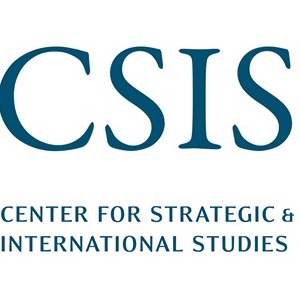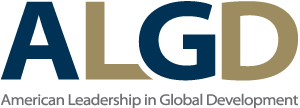Today’s fastest-growing markets are in the developing world. These regions already account for half of U.S. exports, and that will likely increase dramatically over the next decade. Developing countries are projected to grow at least twice as fast as the United States and Europe in coming years. In fact, Sub-Saharan Africa alone hosts 7 of the 10 fastest growing economies. The ability of U.S. companies to invest in and sell to these growing markets will determine their growth and success in the years to come.
Source: OECD: African Economic Outlook 2011
Key Facts
 “The share of developing countries in global trade rose from 33 percent to 48 percent since 2000.
“The share of developing countries in global trade rose from 33 percent to 48 percent since 2000.
Since the start of the millennium we have seen strong evidence of how trade, as a critical component of economic growth and development, can make a positive difference in people’s lives. Rapid economic growth in many developing economies over this period has been combined with deeper integration into the global trading system.”
Source: World Trade Organization World Trade Report, 2014
 “Equally striking is the growth in purchasing power of the middle class. Globally, demand from the middle class may grow from USD21 trillion to USD56 trillion by 2030. Again, over 80 percent of the growth in demand comes from Asia.”
“Equally striking is the growth in purchasing power of the middle class. Globally, demand from the middle class may grow from USD21 trillion to USD56 trillion by 2030. Again, over 80 percent of the growth in demand comes from Asia.”
Source: OECD, The Emerging Middle Class in Developing Countries, 2010 (page 27)
 “Eighteen of our top-twenty trading partners were once major recipients of U.S. development assistance. If the United States fully partners with the U.S. private sector and host governments in ways that are inclusive and responsible, today’s developing nations will likewise become trading partners, and the United States will gain economic, political, and security benefits that will help ensure American global leadership for decades to come.”
“Eighteen of our top-twenty trading partners were once major recipients of U.S. development assistance. If the United States fully partners with the U.S. private sector and host governments in ways that are inclusive and responsible, today’s developing nations will likewise become trading partners, and the United States will gain economic, political, and security benefits that will help ensure American global leadership for decades to come.”
Source: A Report of the CSIS Executive Council on Development Our Shared Opportunity A Vision for Global Prosperity. Publication. Washington, DC: CSIS, 2013. Print.
 “Policies to improve customs procedures could lead to gains of hundreds of billions globally and about $6 billion in sub-Saharan Africa, while improvements in port efficiency could lead to even greater financial gains.”
“Policies to improve customs procedures could lead to gains of hundreds of billions globally and about $6 billion in sub-Saharan Africa, while improvements in port efficiency could lead to even greater financial gains.”
Source: Overseas Development Institute, June 2013
Read More “Expanding Export and Investment Markets” Key Facts Here
News
Why Infrastructure is a Problem for Emerging Markets
Jane Fraser, CEO of Citigroup Latin America tells Fortune’s Nina Easton how poor infrastructure is holding back the economies of several emerging markets.
 GE Commits $300 Million to New Emerging Markets Business
GE Commits $300 Million to New Emerging Markets Business
GE Healthcare is allocating $300 million to jump-start a newly-created business unit called Sustainable Healthcare Solutions (SHS) dedicated to emerging markets. The unit will develop and market low-cost, value-based products and services to boost healthcare delivery across multiple settings in African and Asian countries. SHS will build on GE’s experience of partnering with government institutions and private organizations to improve healthcare delivery.
 Ending Maternal and Child Deaths in Kenya – The Private Sector Can Help
Ending Maternal and Child Deaths in Kenya – The Private Sector Can Help
In recent times, attention is turning to the role of the private sector in delivering quality health care. This was a key point at the Third International Conference on Financing for Development held in July 2015 at Addis Ababa. The President of Kenya, H.E Uhuru Kenyatta remarked at the event, that, “for all that progress, more needs to be done to improve access to quality reproductive, maternal, postnatal and adolescent health services.”
Read More “Expanding Export and Investment Markets” News Here
Case Studies

IBM Forms Green Sigma™ Coalition
IBM has created an industry alliance with key leaders in metering, monitoring, automation, data communications and software to provide smart solutions for energy, water, waste and greenhouse gas management.

